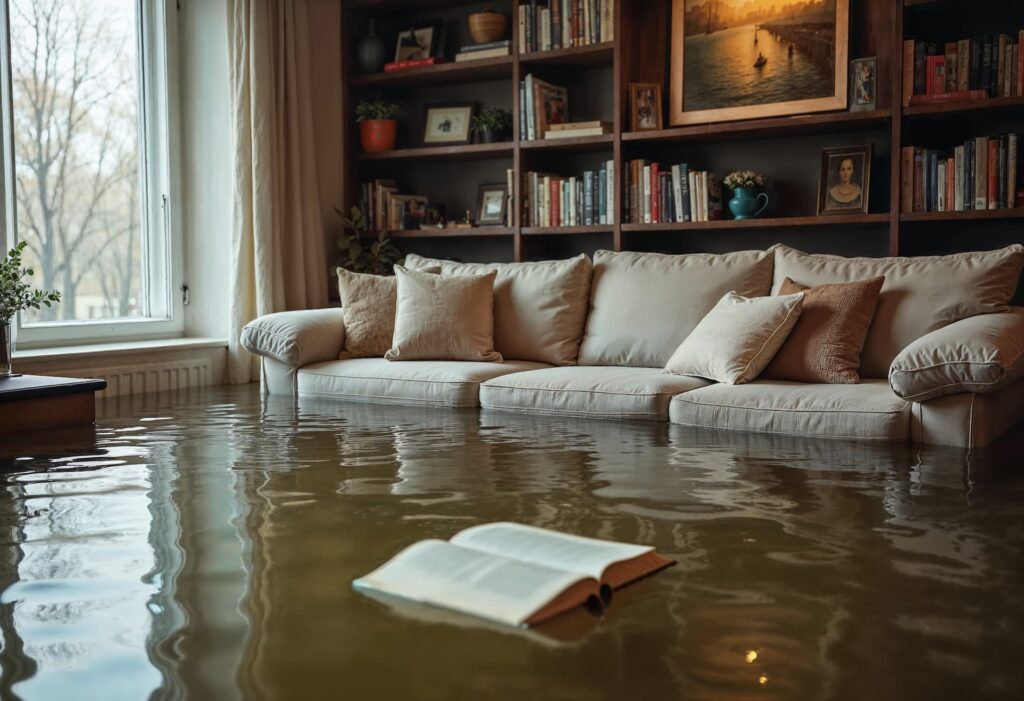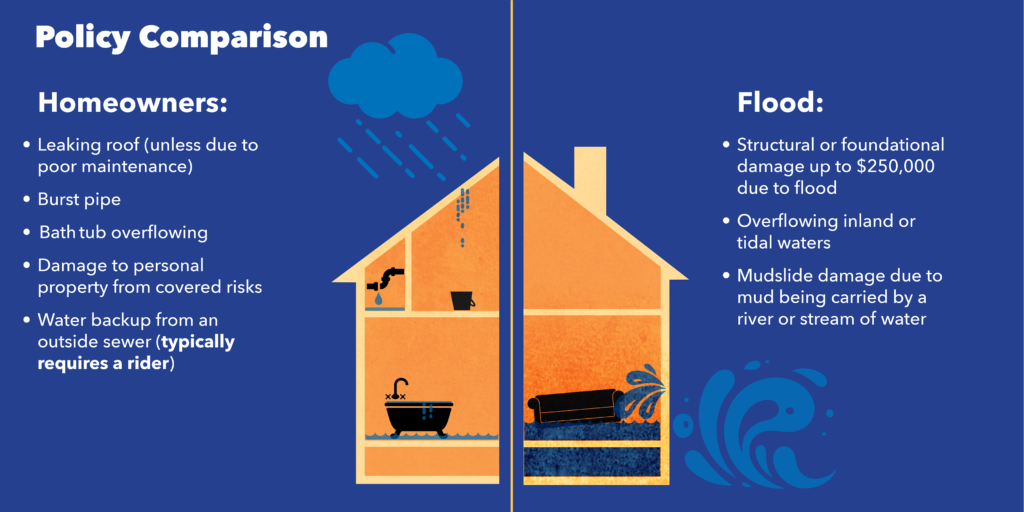Yes, renters can get flood insurance—and in many cases, they should. While your landlord’s insurance covers the building structure itself, it does not protect your personal belongings in the event of a flood. That’s where renters flood insurance comes in. Offered through the National Flood Insurance Program (NFIP) and some private insurers, this type of coverage explicitly protects a tenant’s possessions, including furniture, electronics, clothing, and other valuables. Flood damage isn’t covered by standard renters insurance policies, which typically only protect against risks like fire, theft, or vandalism.
Policies through the NFIP generally provide up to $100,000 in content coverage, and renters can tailor policies to match their needs. Premiums vary based on risk level and location, but the peace of mind is often worth the cost. Understanding what’s covered, how to buy a policy, and what to do in case of a flood are key to protecting your home and belongings. Flood insurance for renters is an affordable way to ensure you’re not left with nothing after disaster strikes.
Understanding Flood Insurance for Renters
Yes, renters can get flood insurance coverage. While landlords typically insure the building itself, that coverage does not protect a tenant’s personal belongings. Flood insurance for renters—often referred to as a contents-only flood policy—specifically protects a renter’s possessions from water damage caused by natural flooding events.

It’s a separate policy from standard renters insurance and is generally offered through the National Flood Insurance Program (NFIP) or private insurers.
Why Standard Renters Insurance Doesn’t Cover Flooding
Many renters assume their renters insurance covers all water damage, but that’s not the case. Standard renters insurance excludes flood damage caused by natural disasters like hurricanes, heavy rains, or rising rivers. It may cover water damage from plumbing issues or leaks but not from external flooding. That’s why flood insurance is crucial if you live in an area prone to floods—even if you’re not in a high-risk zone.
What Flood Insurance Covers for Renters
Flood insurance for renters covers personal property that is damaged or destroyed by flooding. This includes:
- Furniture and rugs
- Electronics and appliances
- Clothing and shoes
- Books and valuables (up to policy limits)
- Portable air conditioners, microwaves, and other household items
- Coverage typically applies to items located on the first floor and above—items stored in a basement may have limited coverage.
What Flood Insurance Doesn’t Cover
Even with a flood insurance policy, some items are not covered. These typically include:

- Temporary housing or additional living expenses
- Cars or motorized vehicles
- Mold or mildew damage that could have been prevented
- Cash, precious metals, or important papers
- Understanding exclusions is critical so you’re not caught off guard in the event of a claim.
How to Purchase Flood Insurance as a Renter
Renters can purchase flood insurance in one of two ways:
- Through the NFIP, which FEMA manages. Most renters can access this via insurance agents in participating communities.
- Through private insurance companies, which may offer more flexibility, faster payouts, or additional options.
- NFIP policies typically have a 30-day waiting period, so plan—don’t wait until a storm is on the radar.
Cost of Flood Insurance for Renters
Flood insurance for renters is generally affordable, especially compared to homeowners’ policies. Prices vary based on location, flood zone, coverage amount, and insurer. On average, contents-only flood insurance through the NFIP can cost $100–$300 per year in low- to moderate-risk areas. In high-risk zones, it may be more expensive—but it still offers valuable protection compared to the cost of replacing all your belongings out of pocket.
Who Should Consider Flood Insurance as a Renter?
Flood insurance isn’t just for those living in coastal or high-risk flood zones. Even one inch of water can cause thousands of dollars in damage. Renters in:
- Ground-floor or basement units
- Areas near rivers, lakes, or levees
- Urban zones prone to flash flooding
- should all consider coverage. FEMA reports that over 20% of flood insurance claims come from areas outside high-risk zones.
How to File a Claim If You Experience Flooding
If your rental unit is flooded, document everything as soon as it’s safe to do so. Here’s how the claims process usually works:

- Contact your insurance provider immediately.
- Take photos/videos of all damaged items.
- Make a list of lost or damaged belongings with estimated values.
- Keep receipts for anything you need to purchase (like temporary storage or cleanup supplies).
- An adjuster will assess the damage, and your claim will be processed.
Frequently Asked Questions
Can renters actually buy flood insurance?
Yes, renters can purchase flood insurance specifically to cover their personal belongings.
What does renters flood insurance cover?
It typically covers furniture, clothing, electronics, appliances, and other personal items damaged by floodwaters.
Is flood damage included in standard renters insurance?
No, standard renters insurance does not cover damage from flooding.
Who offers renters flood insurance?
The National Flood Insurance Program (NFIP) and some private insurers offer policies for renters.
How much coverage can I get?
NFIP policies offer up to $100,000 in coverage for contents only, with deductibles you can choose.
How much does it cost?
Premiums vary by location and flood risk, but many renters pay under $300 annually.
Do I need to live in a high-risk area to get flood insurance?
No, flood insurance is available to renters in low-, moderate-, and high-risk areas.
When does coverage begin?
There’s typically a 30-day waiting period from the purchase date before coverage starts.
Does it cover temporary housing if I can’t stay in my rental?
No, NFIP renters flood insurance doesn’t cover additional living expenses—only your belongings.
How do I file a claim after a flood?
Contact your insurer immediately, document the damage with photos, and keep receipts for repairs or replacements.
Conclusion
Flood insurance for renters is an innovative, proactive step toward protecting your personal property. While your landlord insures the building, it’s up to you to safeguard your belongings from flood-related damage. Affordable and widely accessible flood insurance policies through the NFIP or private companies offer peace of mind, especially in areas prone to extreme weather or rising water levels. Remember, once a flood hits, it’s too late to get coverage—so planning is crucial. By understanding your risks and getting the right policy, you can face natural disasters with confidence, knowing your most valuable possessions are protected from the unexpected.




